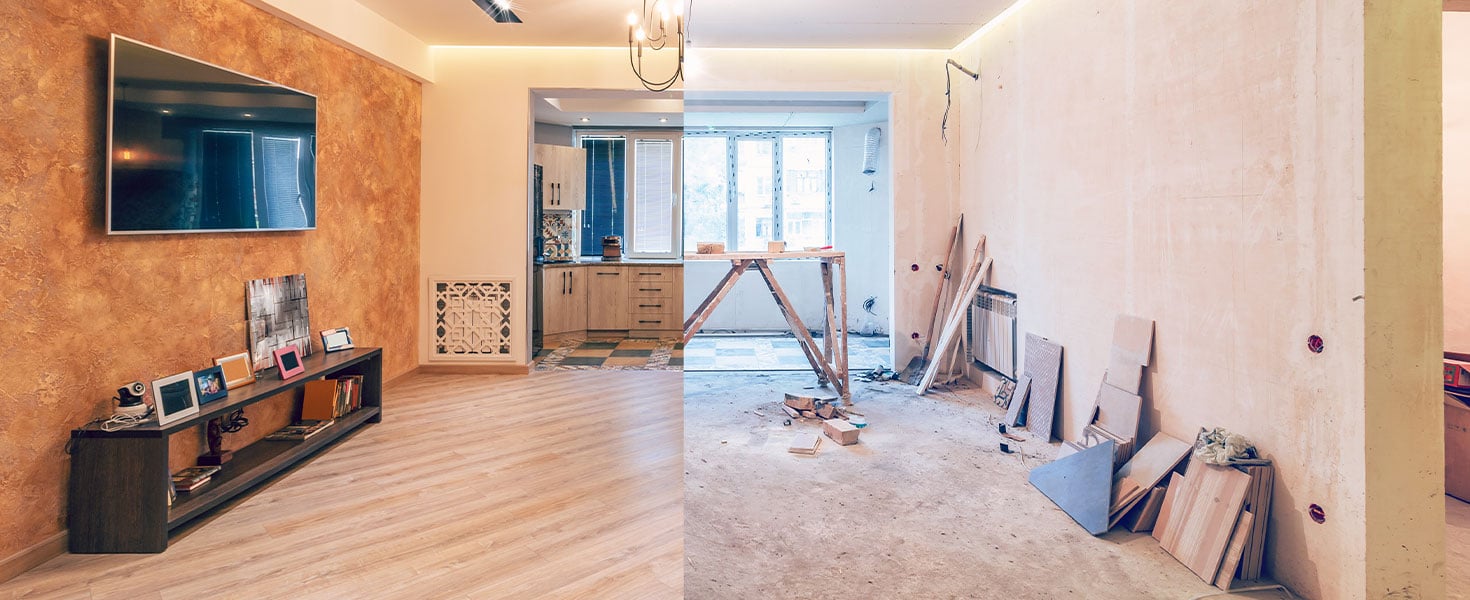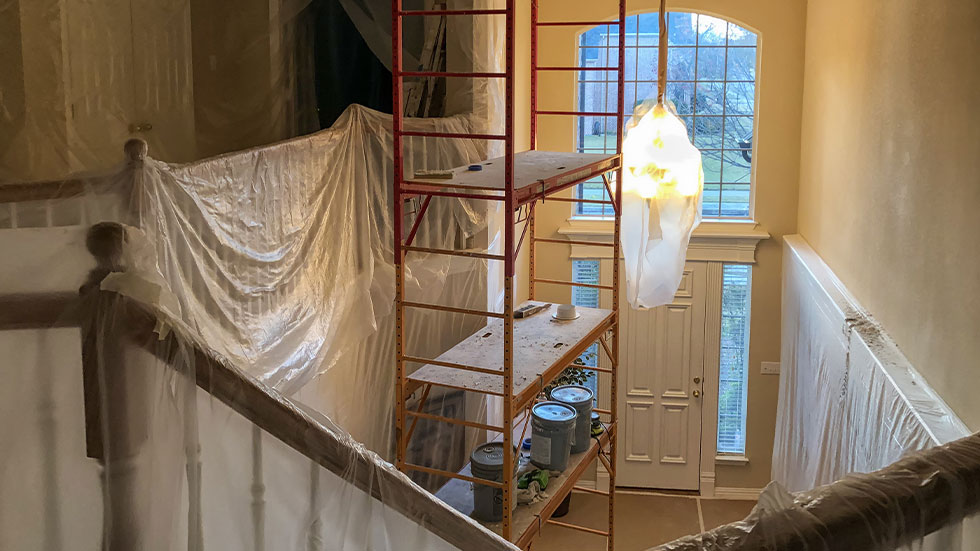
You’ve decided to renovate your home. Congratulations! Home renovations are a great way to add value and usability to your living spaces without the hassle of moving. But, footing the cost (Americans spend around $350 billion each year on home remodeling, according to data collected from Harvard University) and facing the potential pitfalls of any remodeling project can be stressful. Here are some tips to help.

Pick partners, and vet contractors
If it’s a small job and you are handy, you may want to make it a DIY project. But if you’ve decided that you need professionals to help you complete the job, consider starting with an architect, especially if you live where a licensed architect is required by the local building code. (Can’t decide whether you should hire a contractor or do it yourself? Check out this article to help weigh the pros and cons.)“One advantage of working with a registered architect for a home renovation or addition is peace of mind,” says architect Tom Wilcox of Cincinnati-based Wilcox Architecture. Also, the architect will apply their professional seal to the construction drawings, taking liability for those documents. This also makes it easier to get a building permit if one is required—which more likely than not will be the case. Oftentimes, you can negotiate who is responsible for acquiring the permit: you as the homeowner or the contractor.
Yes, you will likely need a contractor. If you are working with an architect, he or she can recommend someone. Or, ask neighbors who have recently completed renovations if they would recommend their builder.
Interview more than one contractor. Check references, ask how they would tackle the project, what work they will do and when, what will be completed by subcontractors and if they have completed similar work. Also, make sure that they have the proper insurances, including liability insurance and workers’ compensation insurance for contractors with employees.

Have a plan, including budgets and timelines
The two biggest questions you’ll have at the start of your project are “how much will this cost?” and “how long will this take?” Your architect and contractor will lay out a schedule for completing their portions of the project. Your contractor should provide a detailed estimate of the scope of the work they will complete and cost (for both materials and labor). At this point, be prepared to re-work things to align pricing within your budget. “This is very common, and the prioritizing involved often results in a better project,” says Wilcox.Once work begins, your contractor should offer a rough idea of when different phases of the work will be completed. But if you’ve watched nearly any home remodel show on cable, you know that there’s a point in each episode in which the builder or designer uncovers some surprise that is going to blow the budget or the schedule or both. These things are likely to happen in real life, too, and you don’t get to cut to a commercial break to collect your thoughts.
To help deal with these uncertainties, most contractors will ask that you set up a contingency fund of 5 to 12 percent of the project cost should unexpected expenses arise. You should also figure the timeline for the project will likely be longer than estimated. Think of it as a “schedule contingency.”

Deal with disruption, and expect some dust
If you plan on staying in your home during the renovation (rather than renting a home or staying with family or friends while the work is being done), consider how you’ll live around the work. Ask your contractors what they do to minimize dust and how they plan to cordon off the area where they are working. If you have children and pets, how will you keep them safe? If you are working on a kitchen remodel, can you set up temporary space to prepare food? If renovating your only bath, what facilities can you use in the interim?It’s unlikely your remodeling project will go exactly as planned, but following these tips can help you get through the process and into your renovated home with fewer headaches.
